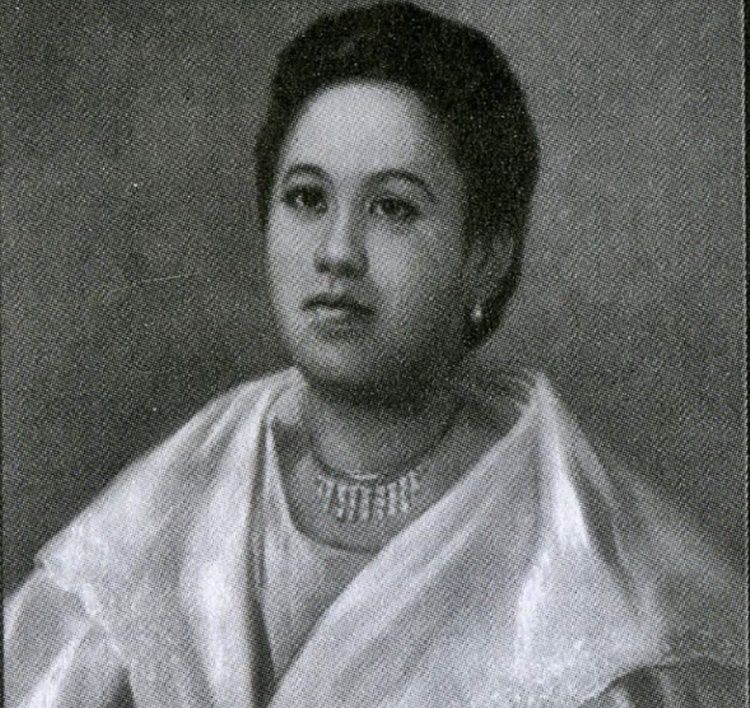Dr José Rizal’s life, albeit short, was made colourful by these nine women.
Dr José Rizal's advocacy for reforms in the Philippines under Spanish colonial authorities led to his execution on the morning of 30 December 1896. In a span of 35 years, he was a polymath who took the role of a scientist, artist, journalist, and author whose words pierced through the hearts of many Filipinos.
It is not a secret that women played a big part in Rizal's patriotic journey. In this article, Tatler gives a glimpse of the hero's romantic interests.
Related: Dr Jose Rizal: A Closer Look On The More Human Side Of The National Hero of the Philippines
1. Segunda Katigbak

Many historians claim that Segunda Katigbak was Rizal's "puppy love". Coming from a wealthy clan in Lipa, Katigbak was a close friend of Rizal's sister, Olympia Mercado.
Katigbak was just 14 years old when she met Rizal who was then 16. In Rizal's writings, he described Katigbak as:
“May mga matang kung minsan ay makislap at nangungusap, may ngiting nakagagayuma… Hindi siya ang pinakamagandang babeng nakita ko, ngunit hindi ako nakasilay kailanman nang higit na kaakit-akit. (She has eloquent eyes and an enchanting smile; she is not the most beautiful woman I have ever laid my eyes on, but I have never seen someone as enticing)."
Rizal and Katigbak did not end up together. The former was not able to confess his true feelings and Segunda was promised to Manuel Luz Y Metra, a member of a wealthy family in Lipa.
Katigbak and Metra had 12 children but only nine survived.
Read more: Inspiring Filipino Biographies And Autobiographies To Read








